Living paycheck to paycheck is a financial reality for over 70% of Americans. That means that the majority of people rely on their next paycheck to cover basic living expenses, with little to no financial cushion. But beyond just financial strain, there are deeper costs to this lifestyle—ones that affect emotional well-being, relationships, and long-term opportunities.
The Financial Toll
When you live paycheck to paycheck, there’s no buffer for unexpected expenses. This leads to financial pitfalls such as:
No Savings for Emergencies – Without an emergency fund, even minor unexpected costs can force reliance on credit cards or high-interest payday loans.
High-Interest Debt Cycle – The inability to pay for emergencies in cash can lead to expensive debt, trapping people in a cycle of high interest and increasing monthly expenses.
Lower Credit Score – A paycheck-to-paycheck lifestyle often results in late payments and high credit utilization, which negatively impact credit scores. A lower score means higher costs for loans, insurance, and even security deposits on housing.
Missed Investment Opportunities – When all income is consumed by expenses, there’s little left to invest for the future, whether it be retirement savings, home ownership, or starting a business.
The Emotional and Psychological Strain
Financial stress isn’t just about numbers—it affects mental health, relationships, and overall life satisfaction.
Chronic Stress and Anxiety – Constant worry about making ends meet creates a heightened state of stress, which can take a toll on physical and mental health.
Reduced Decision-Making Ability – Studies show that financial stress impairs cognitive function, leading to impulsive spending and poor financial choices.
Strained Relationships – Money issues are a leading cause of tension in marriages and families. Parents may become short-tempered with their children, and workplace stress can spill over into home life.
Lack of Joyful Spending – When all money goes toward necessities and debt payments, there’s no room for enjoyable purchases or experiences, leading to feelings of deprivation.
Breaking Free from the Cycle
Escaping the paycheck-to-paycheck trap requires a shift in mindset and financial habits. Here’s how to start:
Obtain a Financial Roadmap – A structured plan, such as the Fully Funded Life Ladder, can help guide financial decisions in a step-by-step manner.
Know Your ‘Why’ – Having a clear motivation for financial change makes it easier to stick with good decisions and resist impulse spending.
Track Spending and Identify Problem Areas – Awareness of spending habits is the first step to making meaningful changes.
Create a Realistic Budget – Many people fail at budgeting because they make unrealistic cuts. A sustainable budget allows for necessities, debt repayment, and small joys.
Prioritize Emergency Savings – Even small, consistent contributions to savings build financial security over time.
Seek Coaching or Financial Guidance – Having an accountability partner, whether a financial coach or mentor, can provide clarity and motivation.
The Power of Small Steps
Many people assume that getting out of the paycheck-to-paycheck cycle will take years. However, small, intentional steps can lead to significant progress in just a few months. A strong emergency fund provides the cushion needed to stop living in financial survival mode and start making choices that lead to long-term prosperity.
A Life of Financial Freedom
The cost of living paycheck to paycheck goes far beyond the bank account—it affects quality of life, relationships, and future opportunities. But change is possible. By taking small, consistent steps toward financial health, anyone can move from financial stress to financial freedom.

